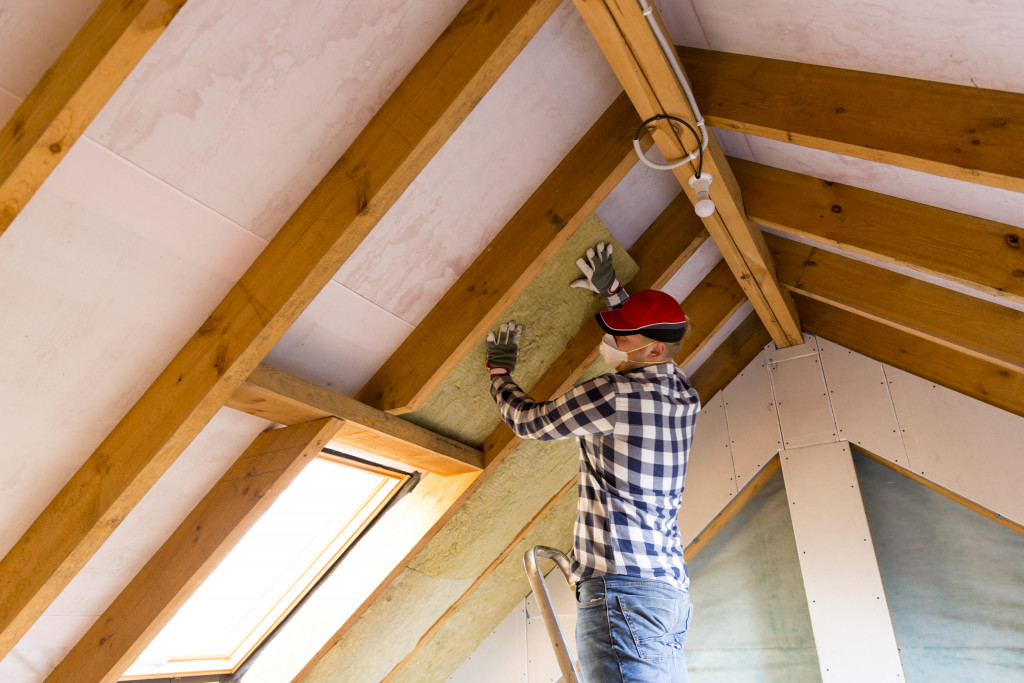Energy efficiency allows homeowners to lower their energy bills by making small changes to their homes that make a big difference. It also allows them to lower greenhouse gas emissions and lower water use.
Making your home energy efficient doesn’t have to be expensive or time-consuming. Several small changes you can make will add significant savings to your energy bill. Here are the things to consider to make your home more energy efficient.
Get an energy audit.
You first need to get a home energy assessment or energy audit if you plan to make your home energy efficient. This will help you determine how your home uses energy and where energy is being wasted. Prioritize efficiency upgrades.
After your assessment, prioritize the energy efficiency upgrades that will impact your energy bill the most. Making small changes in a few key areas can have a significant impact on your monthly energy bill. Consider health and safety when making upgrades.
When making efficiency upgrades, always consider the health and safety of your family. Some energy efficiency upgrades can improve the indoor air quality of your home and help protect your family from harmful pollutants. These upgrades include installing insulation or sealing air leaks.
Make sure your home is well-insulated.
One of the most important things you can do to make your home energy efficient is to make sure it is well-insulated. Proper insulation in your home lowers your cooling and heating costs.
There are many benefits to insulating your home. Insulation helps keep your home comfortable year-round, saving you money on energy costs. Proper insulation can also increase the value of your home and make it more energy-efficient.
When insulating your home, you should consider the type of insulation, the R-value, and the climate. The type of insulation you choose will depend on the area you are insulating and the climate in your area. The R-value is a measure of insulation’s ability to resist heat flow. The higher the R-value, the more effective the insulation. In general, homes in colder climates will need higher R-values than homes in milder climates.
Many types of insulation are available on the market today. The most common types include fiberglass, foam, and cellulose. Each type of insulation has its benefits and drawbacks. Fiberglass insulation is one of the most popular types of insulation. It is made from recycled glass and is available in various R-values. Cellulose insulation is made from recycled paper products and is also available in a variety of R-values. Foam insulation is available in both high and low R-values. It can be used to insulate a variety of areas in your home.

Switch to LED light bulbs.
LED light bulbs are more energy efficient than traditional incandescent light bulbs. They last longer and use less electricity, saving you money on your electric bill. LED light bulbs are also more environmentally friendly because they don’t contain harmful chemicals like mercury.
At this point, you may ask what the power consumption of LED rope lights is. LED lights use 75 less energy than traditional incandescent lights. They also last 25 longer. So not only will you save money on your electric bill, but you’ll also be helping the environment by using less energy overall.
To find the most energy-efficient LED light bulbs, look for ENERGY STAR-certified ones. These bulbs have been independently tested and verified to meet strict efficiency standards.
When shopping for LED light bulbs, pay attention to the lumens or amount of light output. This is a measure of brightness, and you’ll want to choose a bulb with the same or higher lumens as your old incandescent bulb. But don’t worry; even though they’re more energy efficient, LED bulbs are just as bright as their traditional counterparts.
So, switching to LED light bulbs is a great place to start if you’re looking for ways to make your home more energy efficient.
Upgrade to Energy Star appliances.
The switch to Energy Star appliances can save you a lot of money in the long run. According to the EPA, these appliances can use up to 50 percent less energy than traditional models. Not only will you save energy, but you’ll also save money on your utility bills.
One of the best ways to make your home more energy efficient is to upgrade to Energy Star appliances. These appliances have been independently certified to deliver maximum efficiency and savings. By making the switch, you can save a lot of money on your monthly energy bills. Not to mention, you’ll also be doing your part to protect the environment.
Making your home more energy efficient doesn’t have to be complicated or expensive. A few small changes can add to your monthly energy bill savings. Following these tips can make your home more comfortable while also saving money.
